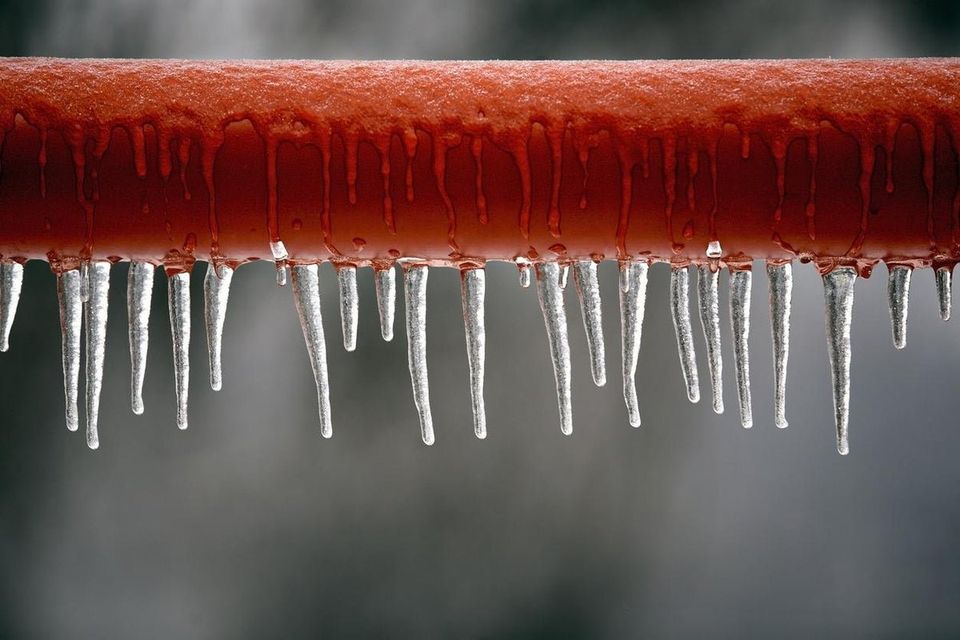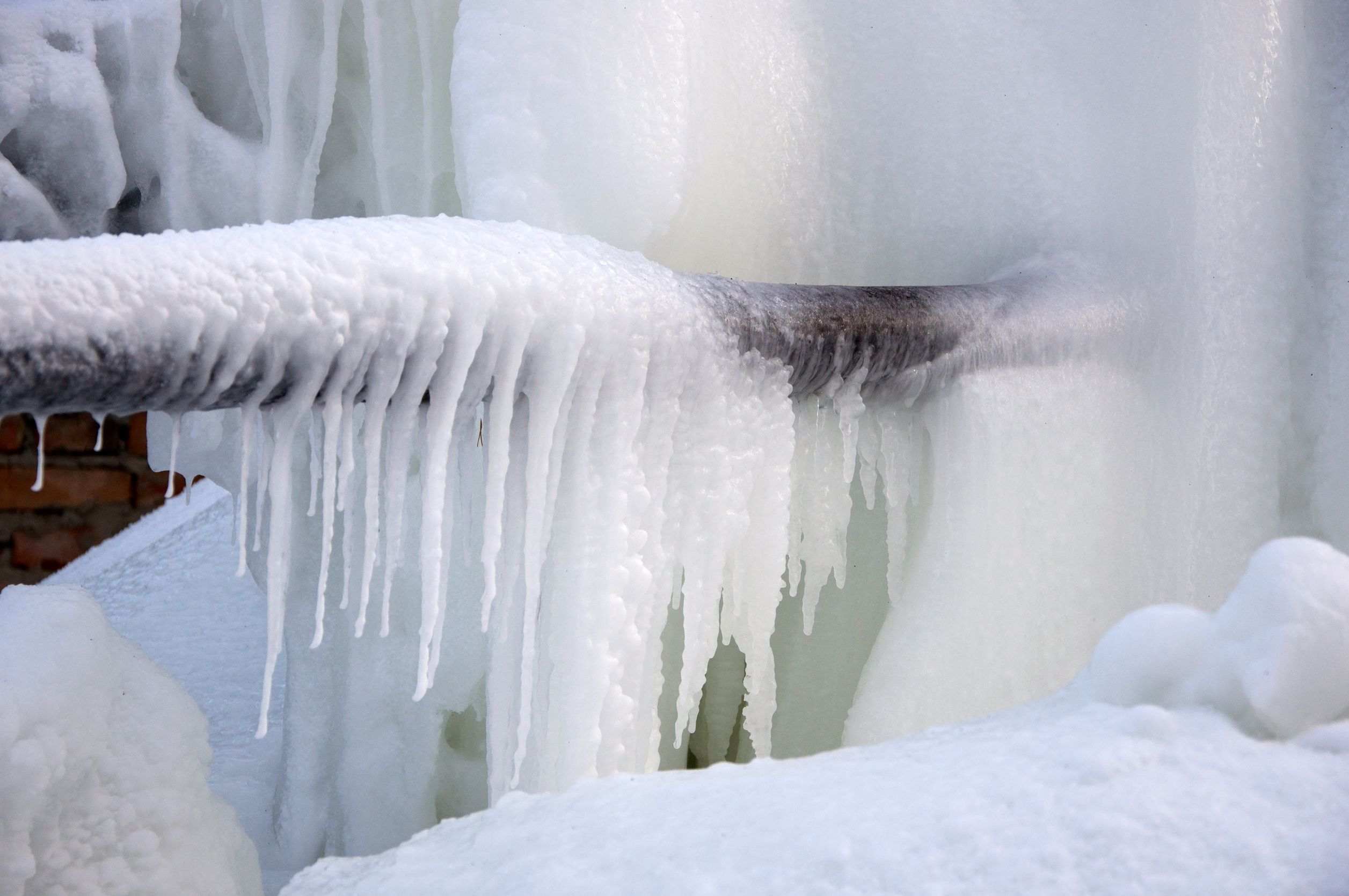Essential Approaches for Avoiding Frozen Plumbing in Cold Weather
Essential Approaches for Avoiding Frozen Plumbing in Cold Weather
Blog Article
Everybody will have their own idea in relation to Helpful Tips to Prevent Frozen Pipes this Winter.

Cold weather can wreak havoc on your plumbing, especially by freezing pipelines. Right here's exactly how to avoid it from happening and what to do if it does.
Introduction
As temperatures decline, the risk of icy pipes rises, possibly causing expensive repair work and water damage. Comprehending how to avoid frozen pipelines is essential for homeowners in cool environments.
Understanding Frozen Pipelines
What causes pipes to ice up?
Pipelines freeze when subjected to temperature levels below 32 ° F (0 ° C) for prolonged durations. As water inside the pipelines ices up, it expands, putting pressure on the pipe walls and possibly creating them to burst.
Threats and damages
Icy pipelines can cause water system interruptions, residential property damage, and pricey repair services. Burst pipelines can flooding homes and cause substantial structural damage.
Indicators of Frozen Pipes
Identifying frozen pipelines early can avoid them from breaking.
Just how to recognize frozen pipelines
Try to find lowered water circulation from taps, uncommon smells or sounds from pipelines, and noticeable frost on revealed pipelines.
Avoidance Tips
Shielding at risk pipelines
Cover pipelines in insulation sleeves or utilize heat tape to secure them from freezing temperatures. Concentrate on pipelines in unheated or external areas of the home.
Heating techniques
Maintain interior rooms adequately heated up, particularly locations with pipes. Open cupboard doors to allow warm air to flow around pipes under sinks.
Safeguarding Outside Pipes
Yard hose pipes and outside faucets
Detach and drain pipes yard pipes prior to winter months. Mount frost-proof spigots or cover exterior taps with protected caps.
What to Do If Your Pipelines Freeze
Immediate actions to take
If you presume icy pipes, keep taps open to eliminate pressure as the ice melts. Utilize a hairdryer or towels taken in warm water to thaw pipelines slowly.
Long-Term Solutions
Structural modifications
Take into consideration rerouting pipelines far from outside walls or unheated areas. Include additional insulation to attic rooms, cellars, and crawl spaces.
Updating insulation
Buy high-quality insulation for pipes, attics, and walls. Proper insulation helps maintain consistent temperatures and reduces the threat of icy pipelines.
Final thought
Stopping frozen pipes requires proactive actions and fast reactions. By understanding the reasons, indicators, and preventive measures, property owners can shield their pipes during cold weather.
5 Ways to Prevent Frozen Pipes
Drain Outdoor Faucets and Disconnect Hoses
First, close the shut-off valve that controls the flow of water in the pipe to your outdoor faucet. Then, head outside to disconnect and drain your hose and open the outdoor faucet to allow the water to completely drain out of the line. Turn off the faucet when done. Finally, head back to the shut-off valve and drain the remaining water inside the pipe into a bucket or container. Additionally, if you have a home irrigation system, you should consider hiring an expert to clear the system of water each year.
Insulate Pipes
One of the best and most cost-effective methods for preventing frozen water pipes is to wrap your pipes with insulation. This is especially important for areas in your home that aren’t exposed to heat, such as an attic. We suggest using foam sleeves, which can typically be found at your local hardware store.
Keep Heat Running at 65
Your pipes are located inside your walls, and the temperature there is much colder than the rest of the house. To prevent your pipes from freezing, The Insurance Information Institute suggests that you keep your home heated to at least 65 degrees, even when traveling. You may want to invest in smart devices that can keep an eye on the temperature in your home while you’re away.
Leave Water Dripping
Moving water — even a small trickle — can prevent ice from forming inside your pipes. When freezing temps are imminent, start a drip of water from all faucets that serve exposed pipes. Leaving a few faucets running will also help relieve pressure inside the pipes and help prevent a rupture if the water inside freezes.
Open Cupboard Doors
Warm your kitchen and bathroom pipes by opening cupboards and vanities. You should also leave your interior doors ajar to help warm air circulate evenly throughout your home.

I am very intrigued by 6 Ways to Prevent Frozen Pipes and I'm hoping you appreciated our piece. Sharing is good. Helping people is fun. We love reading our article about Winter Plumbing Precautions: Preventing Frozen Pipes.
Call Today Report this page